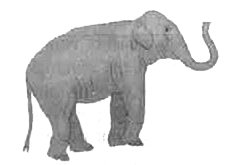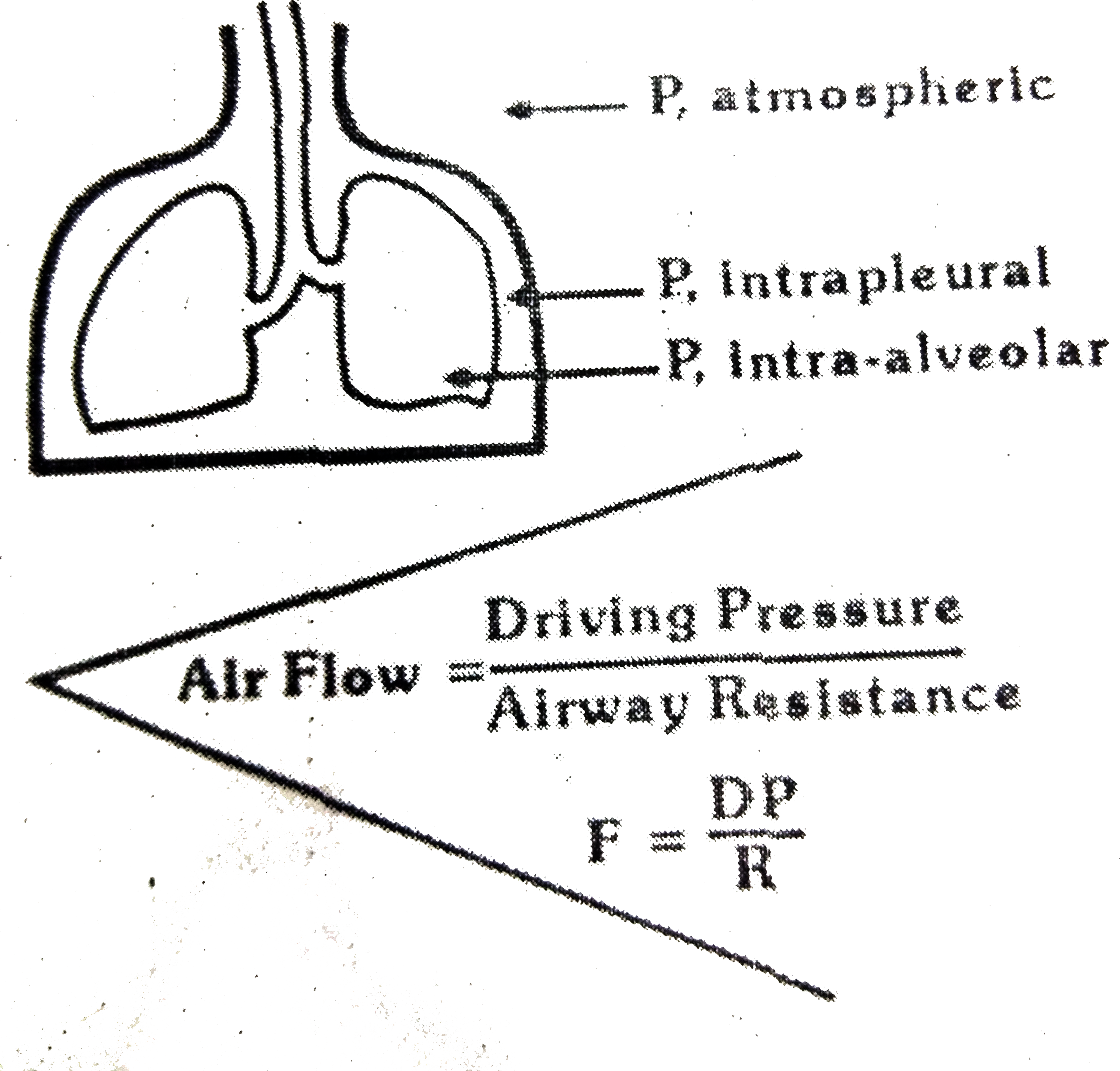Air entering the lungs of a patient through a tracheotomy (a tube inserted directly into the trachea) is colder and drier than normal, which often causes lung infection. This occurs primarily because the air
Enters the respiratory system too rapidly
Is not properly humidified by the larynx
Does not flow through the nasal passages
Does not flow past the mouth and tongue
Step-by-Step Solution:
1. Understanding the Normal Air Pathway: Normally, when air enters the body, it passes through the nasal passages. The nasal passages are lined with mucous membranes that warm and humidify the air before it reaches the lungs.
2. Tracheotomy Procedure: In a tracheotomy, a tube is inserted directly into the trachea, bypassing the nasal passages and mouth. This means that the air does not go through the normal warming and humidifying processes.
3. Characteristics of Air Entering Through Tracheotomy: The air that enters the lungs through the tracheotomy is colder and drier compared to the air that would normally be inhaled through the nose. This is because it lacks the moisture and warmth that the nasal passages would typically provide.
4. Consequences of Cold and Dry Air: The introduction of cold and dry air directly into the lungs can lead to irritation and inflammation of the lung tissues. This increases the risk of lung infections because the respiratory system is not adequately prepared to handle such air.
5. Conclusion: The primary reason for the air being colder and drier is that it does not flow through the nasal passages, which are responsible for warming and humidifying the air before it reaches the lungs.
Final Answer: This occurs primarily because the air does not flow through the nasal passage.
---
Topper's Solved these Questions
Similar Questions
When a person breathers in air, the air enters into his body through an organ A having two holes B in it. The air then passes through pharynx and larynx and enters into a tube C. The tube C divides into two smaller tubes D at its lower end. The two smaller tubes are attached to two respiratory organs E. Each smaller tube divides inside the organs E to form a large number of still smaller tubes called F. The smallest tubes F have air-sacs G at their ends in which gaseous exchange takes place in the body of the person. What are A, B, C, D, E, F and G?
View SolutionSnorkeling by humans and elephants. When a person snorkels, the lungs are connected directly to the atmosphere through the snorkel tube and thus are at atmospheric pressure. In atmospheres, what is the difference Δp between this internal air pressure and the water pressure against the body if the length of the snorkel tube is (a) 20 cm (standard situation) and (b) 3.5 m (probably lethal situation)? In the latter, the pressure difference causes blood vessels on the walls of the lungs to rupture, releasing blood into the lungs. As depicted in Fig. 14-52, an elephant can safely snorkel through its trunk while swimming with its lungs 3.5 m below the water surface because the membrane around its lungs contains connective tissue that holds and protects the blood vessels, preventing rupturing.
 View Solution
View Solution
Knowledge Check
- Question 1 - Select One
Air enters into the lungs through the
ASkinBBuccal cavityCMouthDcloaca - Question 2 - Select One
When a person brathes air through a tube directly
into the trachea (tracheotomy) it may lead to
serious lung crushing and infection due toACooling effectBDrying effectCNon filtering effectDAll of these - Question 3 - Select One

The driving pressure (△P) in breathing which causes air to flow into the lungs isAatmospheric pressure minus the intra-alveolar pressureBthe intrapleural pressure (Ppl)Cthe intrapleural pressure minus the intraalveolar pressureDthe intra-alveolar (intrapulmonary) pressure (Palv).
Fill in the blanks :
(i) During normal quiet breathing on an average, approximately ......... ml of air is inspired or expired by adult human male in each ......... ml of air enters the lung alveoli for the exchange of gases. The remaining fills the respiratory passage and is termed .........
(iii) the amount of air which one can inhale with maximum effort and also exhale with maximum effort is termed as ......... It is about ......... in normal adult person.
(iv) The air that always remains in the lungs even after forceful expiration is called ......... It is about .........
(v ) The ratio of the volume of CO2 produced to the volume of O2 used in a unit time is called ......... .For fats it is .........View SolutionRead the following statements about cancer . Identify the true and false ones and select the correct option .
A . Cancer cells lose the property of contact inhibition
B. The property of metastasis is mostly found in benign tumors .
C. The transformation of normal cells into cancerous cells occurs only because of chemical agents.
D. The chemical carcinogen present in tobacco smoke is a major cause of lung cancer.View SolutionLungs do not collapse between breaths and some air always remains in the lungs which can never be expelled because
View SolutionWhen a person breathes out normally, then the amount of air which remains in the lung after a normal expiration is
View SolutionRead the following statement (A - D).
(A) The movement of air into and out of the lungs is carried out by creating a pressure gradient between the lungs and atmosphere.
(B) Inspiration can occur if the pressure within the lungs is more than the atmospheric pressure.
(C) Expiration takes place when the intrapulmonary pressure is lesser than the atmospheric pressure.
(D) The diaphragm and a specialized set of intercostal muscles in between the ribs help in the generation of such pressure gradients for breathing.
How many of the following statements are correct?View Solution

